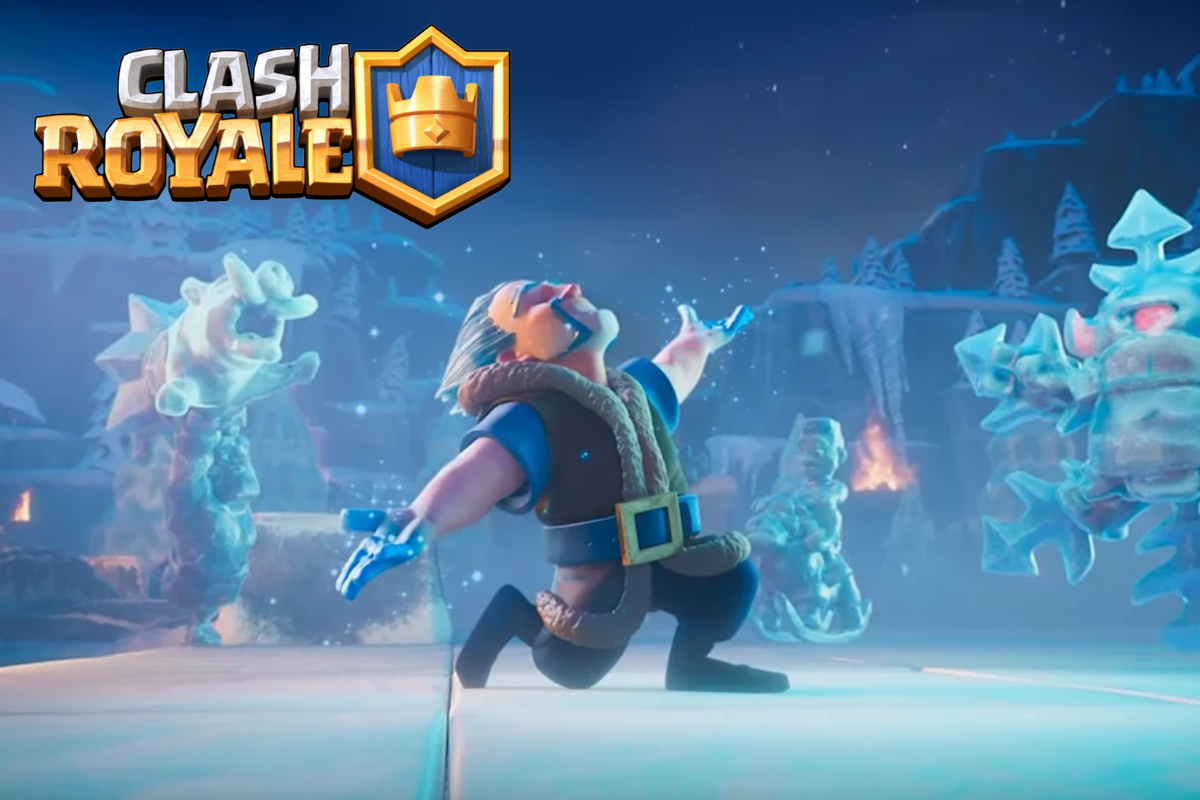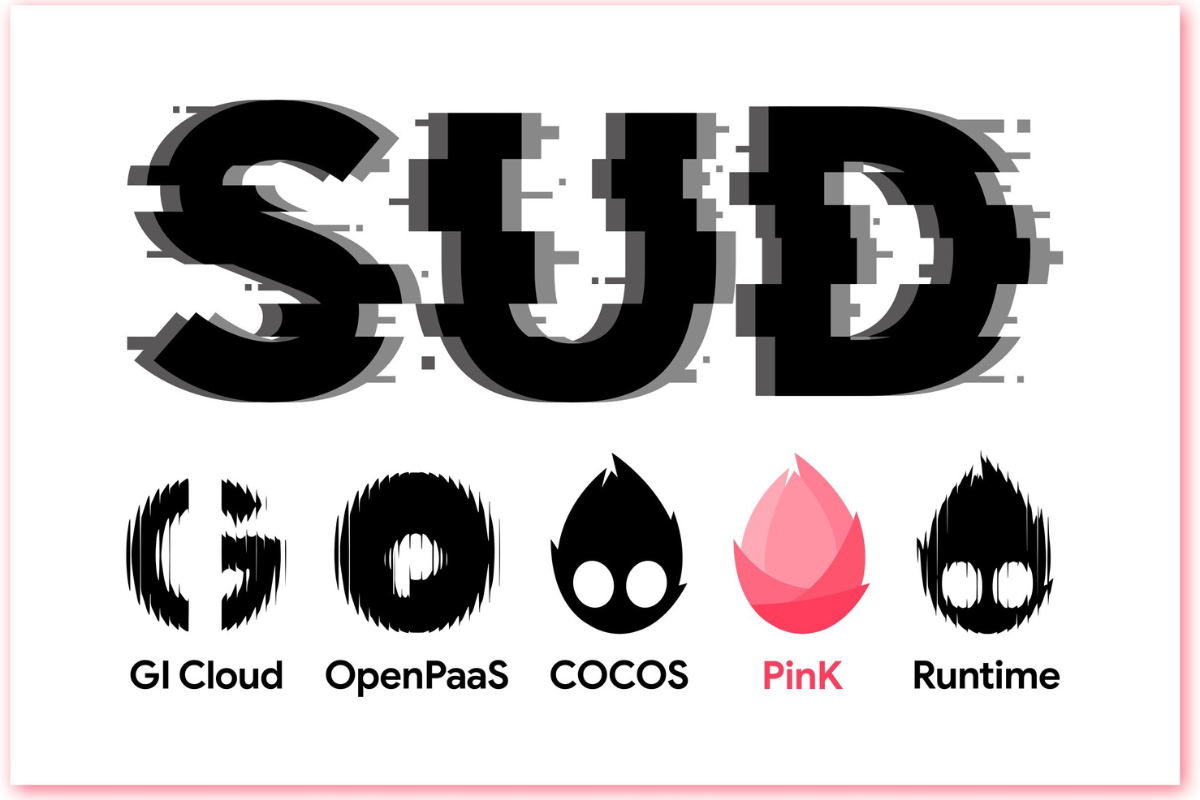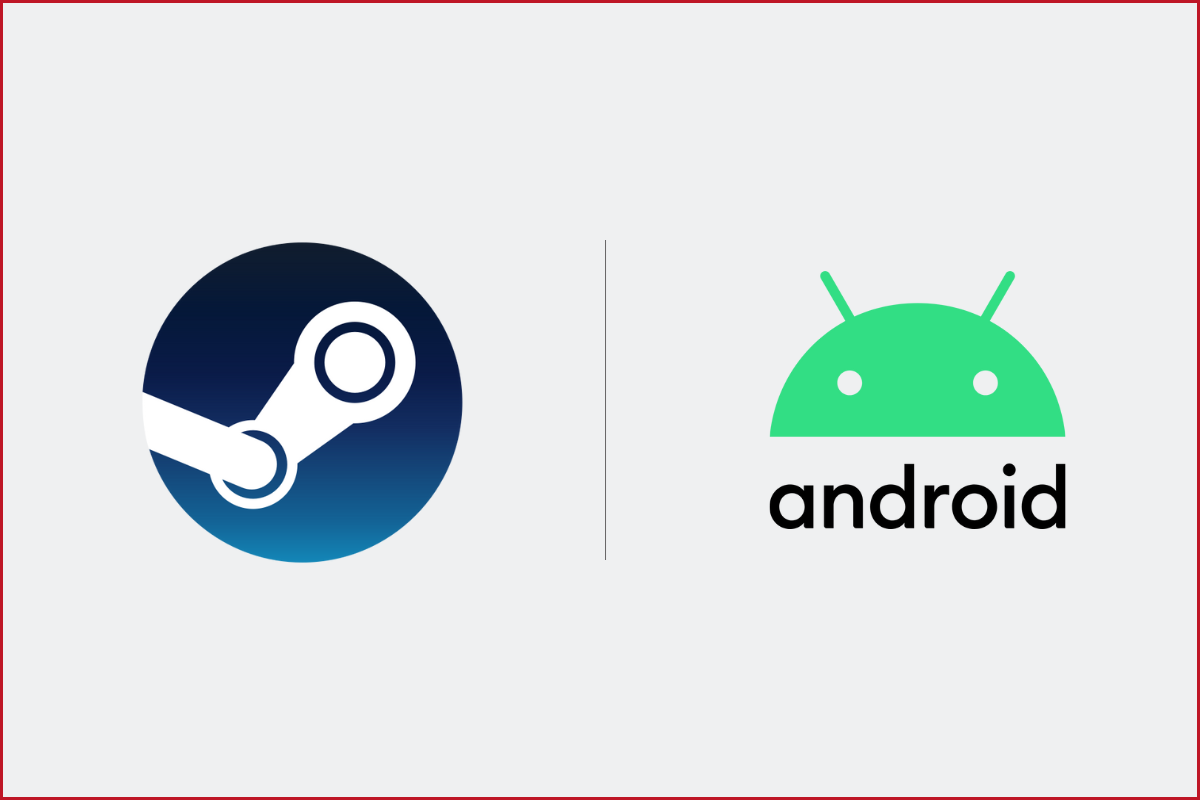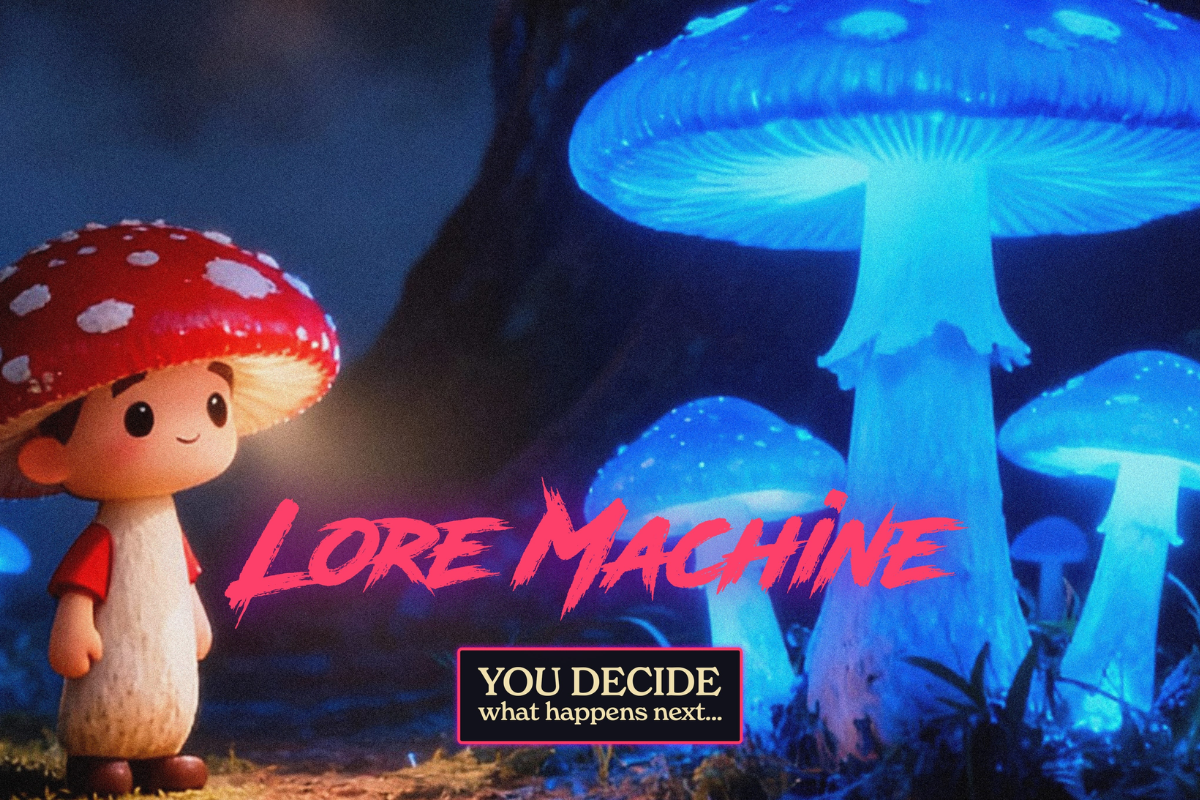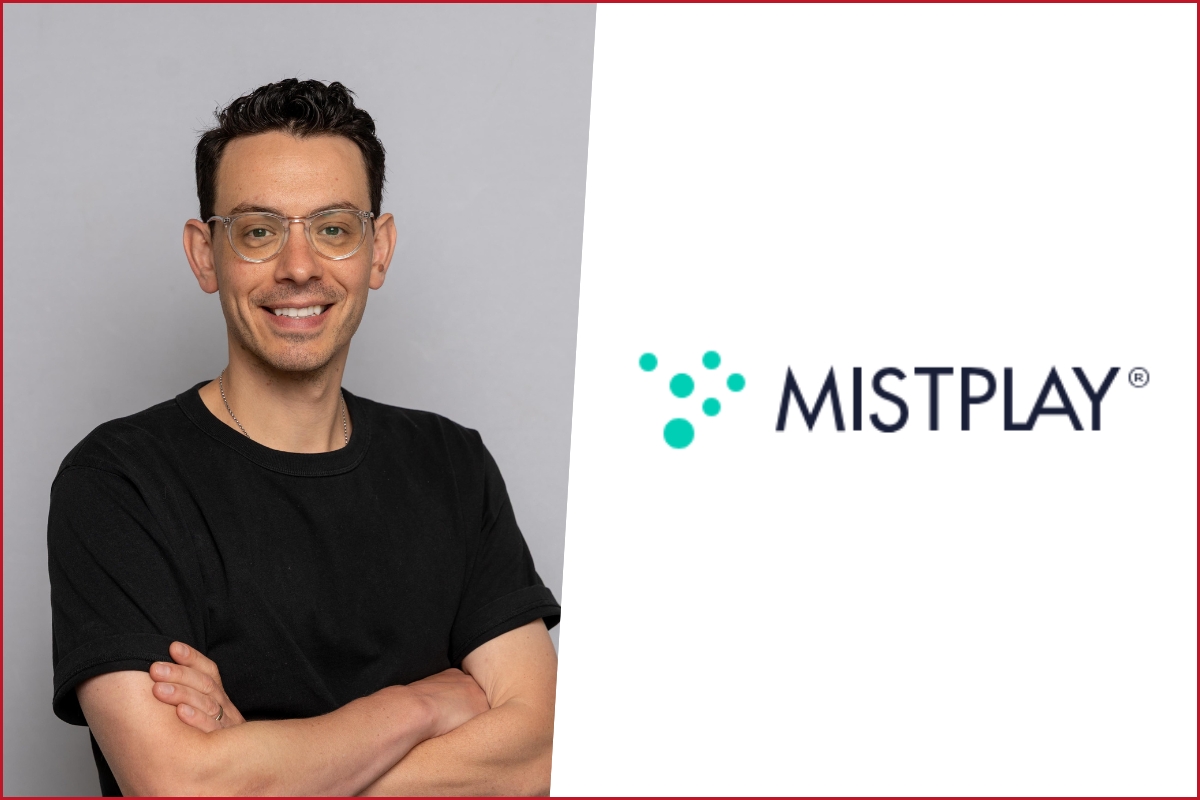Alex Galasso, VP of Product at Mistplay, discusses today’s holistic game design approach, with examples of how loyalty acts as the connective tissue between acquisition, product, and monetization.
Paid ads can still buy installs, but rising Cost Per Install (CPI) and privacy headwinds are squeezing margins. How can publishers overcome these hurdles to increase player retention and LTV?
Mistplay’s recent “2025 Mobile Gaming Loyalty Index”, produced in partnership with AppsFlyer, gathered insights from more than 4,500 mobile gamers across Android and iOS, shows that nearly half of mobile gamers (49 %) keep playing their favourite title for more than a year.
Loyal players are also natural advocates, with the report stating 46 % of spenders have referred three or more friends to the games they love, creating an organic user acquisition (UA ) loop that paid channels struggle to match.
Loyalty is no longer a retention metric; it’s the growth lever that determines whether acquisition spend compounds or stalls.
From transactional carrots to meaningful value
Early incentives – such as rewarded videos and sign-up offers – can drive an initial spike in engagement and give players a taste of the value they might receive through In-App Purchases (IAPs).
However, 80% of spenders report feeling post-purchase regret, with nearly half (46%) citing limited in-game utility as the main reason. When rewards feel disconnected from progress, trust erodes, and the next purchase takes longer.
The secret of effective loyalty programs is a design that layers intrinsic motivators like mastery of the game, status, and a sense of community, on top of extrinsic rewards. When done right, each transaction reinforces the core game loop, rather than offering rewards that fail to truly engage or motivate the player.
Gamifying loyalty—loops that compound
In this report, we asked players what works for them. Whilst this can vary between different types of mobile games and gamers, some general trends could be observed:
- Tiered programs matter: 41% say ranked tiers are important for long-term loyalty, because visible progression keeps goals fresh.
- Tangible value wins: 67% want rewards they can redeem or show off, not just in-game bursts.
- Routine hooks resonate: Daily streak bonuses (64 %) and in-game events or challenges (50 %) are the top reasons people keep coming back.
Success in mobile game engagement starts with effective onboarding and retention strategies that quickly build a meaningful connection with players. To foster loyalty from the start, UA and product teams need to work together to ensure a seamless transition from ad impression to in-game experience.
Once in-game, layering on the tiered loyalty program on top of traditional engagement mechanics like daily streaks can combat fatigue. Offering exclusive or tangible rewards that scale with playtime adds long-term value and offsets player churn.
Personas turn insight into personalization
All gamers are not the same, but when we looked more closely at the data, the Loyalty Index enabled us to segment players into some generalised archetypes that mirror distinct motivations. The personas we came up with are:
- Casual Candace (match, puzzle, simulation games) looks for low-pressure relaxation. She responds to ad-free bundles, gentle streak multipliers, and time-saving boosters.
- Midcore Mike (strategy, action, RPG games) seeks mastery and social status. Guild raids, cosmetic prestige items, and leaderboard resets keep him spending.
- Sporty Steve (Sports and racing games) is especially sensitive to misaligned advertising—41% versus the 34% average—so transparent pricing and performance upgrades are critical.
Mapping content, offers, and notifications to these personas consistently lifts click-through and purchase rates while reducing churn-inducing spam.
Lessons from the puzzle genre
Alignment between ads and gameplay is the one of the biggest install drivers in the report at 36%, right behind a game that “looks and feels fun” (67%). Puzzle studios execute this alignment better than anyone:
| Metric | Puzzle | RPG | Why it matters |
| Loyalty rating | 85 | 75 | Highest composite of retention, engagement, monetization |
| Time-to-first-purchase | 1,6 days | 1.7 days | Faster payback window while excitement is high |
| Share of spenders (D30) | 7-8% | ~5 % | Wider payer base sustains ARPU at scale |
Puzzle succeeds because playable ads preview real mechanics, onboarding offers, low-cost hints with immediate utility, and live-ops initiatives on top of relaxed core loops.
The lesson for every genre: when UA, product, and monetization teams move in sync, it unlocks the full potential for maximizing lifetime value and driving sustainable growth – starting from the first ad impression through to a dual focus on monetization and engagement.
Retention and session depth
Understanding how to design loyalty for these kinds of benefits is not limited to the puzzle genre. Tabletop leads Android D30 retention at 5.1%, and Strategy commands four sessions per user, per day, proving that sticky design isn’t genre-locked. Consistency between marketing, onboarding, and meta-systems remains the common thread.
Five experiments to run this quarter
It can be overwhelming thinking about where to start with creating or tweaking loyalty programs, but it doesn’t need to be an ‘all or nothing’ approach. Here are some experiments that could be used to incrementally introduce or enhance loyalty programs:
- Replace “fake” creatives. Swap out minigame ads that don’t exist in the product; track install-to-D1 drop-off as your validation metric.
- Launch a tiered program. Bronze/Silver/Gold with escalating streak multipliers and exclusive cosmetics. Success metric: DAU lift and D30 spend frequency.
- Bundle real utility. Starter packs that remove ads or provide day-one power-ups tackle the top regret driver and often cut time-to-first-purchase in half.
- Segment comms by persona. Adjust push cadence and offer types for Casual Candace versus Midcore Mike to boost push CTR without opt-out fatigue.
- Turn advocates into UA. Add share links to victory screens; reward both referrer and friend to harness that 46 % referral propensity.
The road ahead
Loyalty isn’t an add-on after launch; it’s the connective tissue between user acquisition, product, and monetization.
By designing value loops that tap into player motivations and by aligning every touchpoint from the first ad impression to the live-ops event, one-time installers can become brand ambassadors and lifelong fans.
Studios that master this holistic approach will spend less to acquire users, earn more from each one, and, crucially, build games people want to play and share.

VP of Product at Mistplay

